Apple's latest Vision Pro announcement arrived with real upgrades. The new M5 chip promises significant performance improvements, and the enhanced Dual Knit Band should make extended wear more comfortable. One thing, though, has early adopters scratching their heads: unlike pretty much every other Apple product line, there is no trade-in program for existing Vision Pro owners looking to upgrade.
This is a notable break from Apple's usual playbook. Trading in an iPhone for the latest model is practically muscle memory, and Mac upgrades slide through the trade-in system without much fuss. The updated model still starts at $3,499, as reported by CNBC. And without any trade-in options, according to Mac Daily News, current users face the full cost if they want that M5 boost.
Why the missing trade-in program matters for Apple's ecosystem
Apple has long used trade-ins as a quiet engine for upgrades. iPhone credits often land in the $400 to $800 range, and Mac trade-ins can shave $500 to $1,200 off a new machine. Those programs make new devices feel attainable, keep older hardware inside the ecosystem, and create a rhythm users rely on.
The Vision Pro is getting different treatment. Industry watchers are expecting an updated Vision Pro model to land in late 2025 or spring 2026, based on Bloomberg reporting. Mark Gurman's insights suggest that Apple will prioritize this premium refresh before considering any budget-friendly alternatives, according to PC Magazine.
Apple had apparently explored a more affordable Vision headset around the $2,000 mark, but those plans seem shelved, as reported by PC Magazine. Instead, the company is doubling down on perfecting the premium experience first. No trade-in sends the same message. Spatial computing is still in its "prove the technology" phase, not its "democratize access" phase.
What this means for early Vision Pro adopters
If you jumped on the Vision Pro at launch, you might feel a bit iced out right now. With no trade-in, upgrading to the M5 model means paying the full $3,499 again. Buy at launch for $3,499, upgrade now for $3,499, and you are staring at nearly $7,000 invested in under two years. That stings, even for Apple die-hards.
This puts Vision Pro owners in an unusual spot inside Apple's ecosystem. Early adopters usually expect a smooth, financially sane path to stay current. Here, the rules are different.
PRO TIP: If you're a current Vision Pro owner weighing the M5 upgrade, treat it like a professional equipment decision. Look at the value you get from your current headset, then ask whether the M5's performance improvements justify a full-price purchase for your specific work or play.
Apple appears to be framing Vision Pro as professional gear more than consumer tech. Think high-end camera rigs or film equipment. You invest, you use it for years, you upgrade when the leap feels undeniable.
There's also analyst Ming-Chi Kuo's perspective to consider. He suggested that Apple delayed cheaper Vision Pro variants because "simply reducing the price wouldn't help create successful use cases," according to PC Magazine. That reads as Apple betting on deeper ecosystem work before chasing volume.
Looking ahead: Apple's Vision Pro strategy evolution
The lack of trade-ins hints at how Apple sees spatial computing evolving. By keeping upgrade barriers high, the company is signaling that each generation should be a substantial jump, the kind that justifies a slower, more deliberate cycle.
Consider the early iPhone era. The original iPhone launched at $499 to $599 with a two-year contract, which maps closer to $1,000 plus today. Apple spent years refining the experience, building the ecosystem, and proving the category before pushing mass adoption through friendlier pricing and upgrade paths.
Reports suggest that Apple's Vision Products Group had considered a budget model that would strip out features like EyeSight and use less expensive materials, based on PC Magazine coverage. The choice to focus on premium iterations first, and to skip upgrade incentives, underlines a belief that the core spatial computing experience needs more polish before any compromises.
The absence of trade-ins could even signal confidence. If Apple thought the category required rapid, frictionless hardware churn to compete, it would grease the upgrade path. Instead, it looks ready to make each generation feel like a reset, and worth it.
Bottom line: A different kind of Apple upgrade cycle
Apple's approach to Vision Pro upgrades is unusual for the company. It is telling customers that spatial computing is not ready for the rapid cycles that define phones or laptops.
The M5 Vision Pro's lack of trade-in options, as confirmed by Mac Daily News, suggests Apple is prioritizing technology maturation over market expansion right now. With future premium models potentially arriving in late 2025 or spring 2026, according to Bloomberg reports, early adopters should recalibrate expectations around upgrade frequency and cost.
This strategy frames the Vision Pro as a longer-term investment, more like a high-end workstation or professional camera system than a casual gadget. For current owners, staying on the bleeding edge will mean full-price commitments for the foreseeable future. For prospective buyers, timing matters. When you jump in, plan to stick with your headset for several years. In a world where Apple has trained us to expect frictionless upgrade paths, the Vision Pro asks us to think like pros making capital equipment decisions, and based on Apple's spatial computing ambitions, that is probably the point.




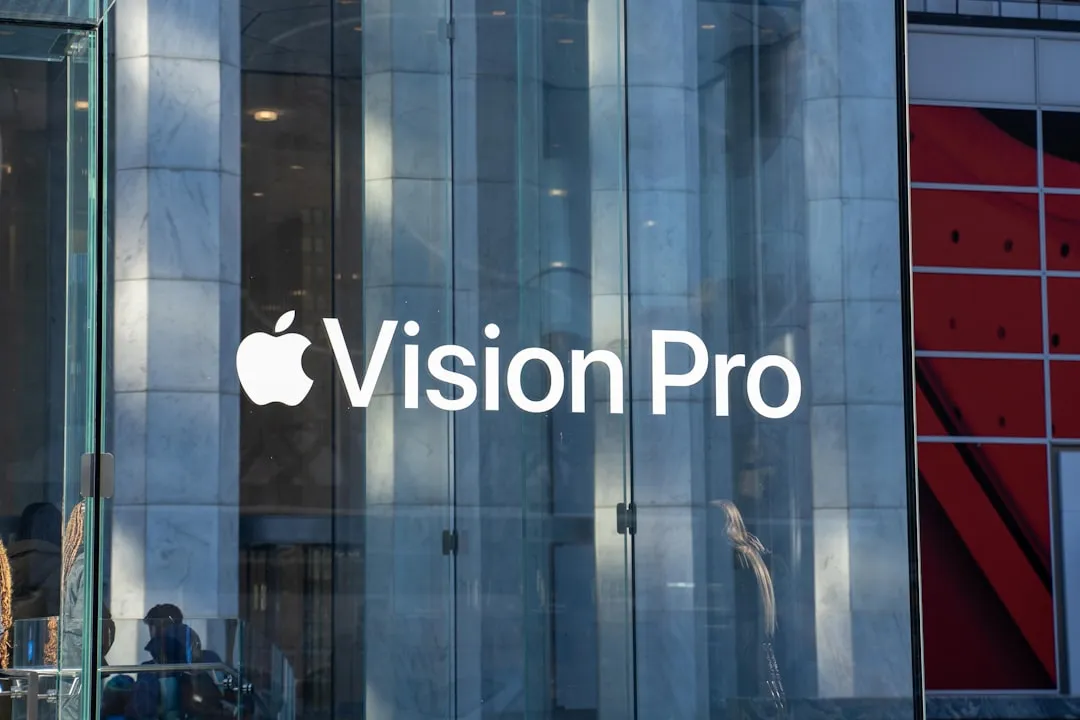
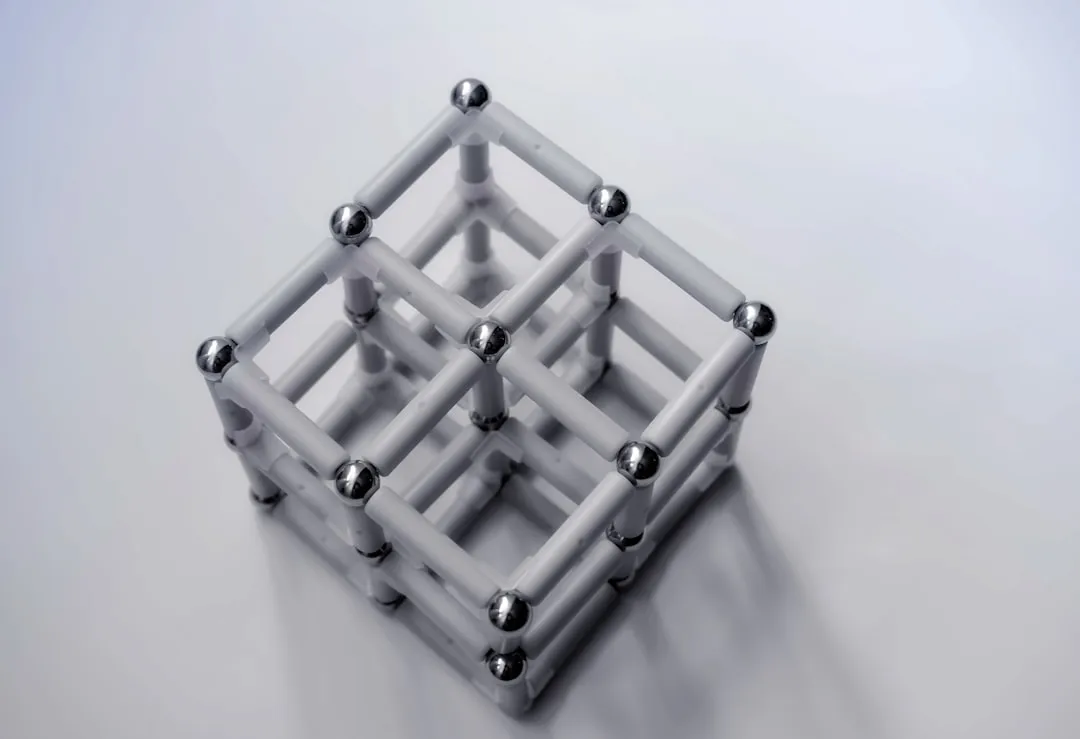
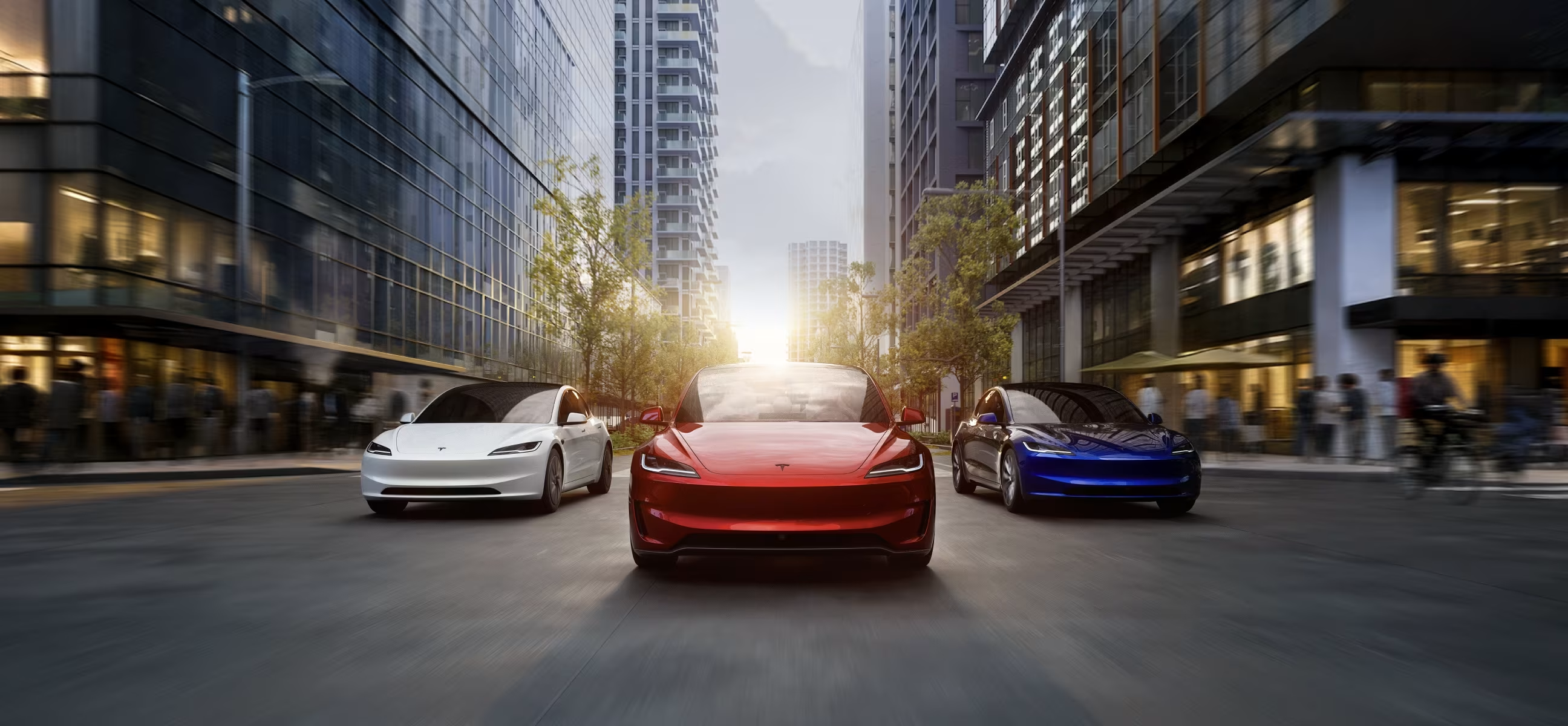
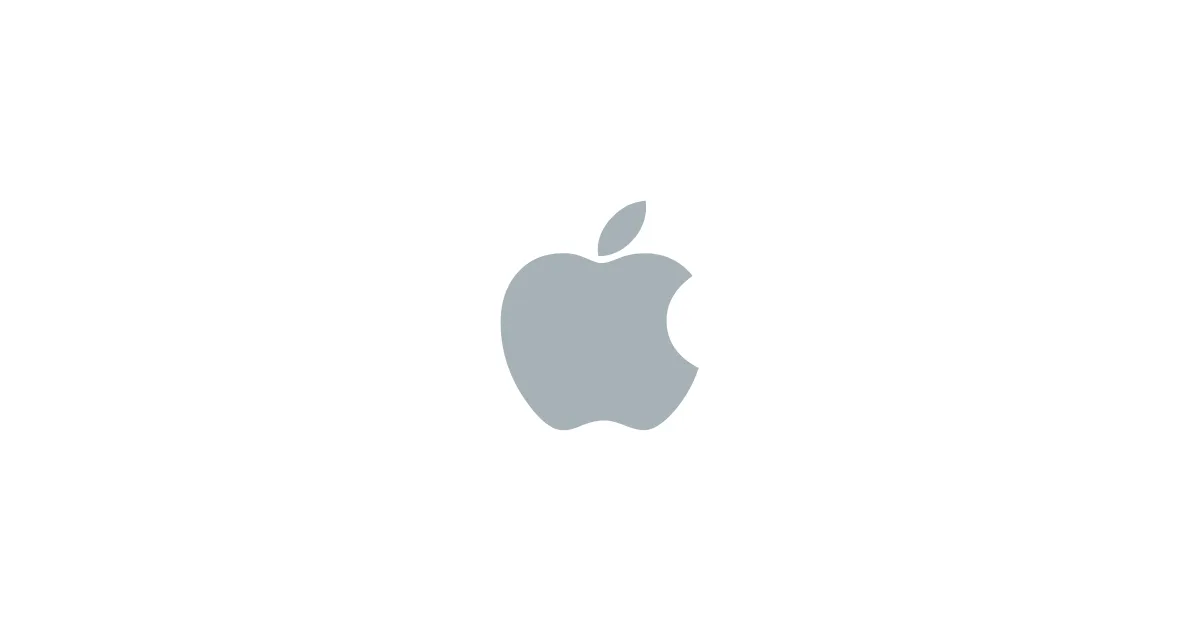
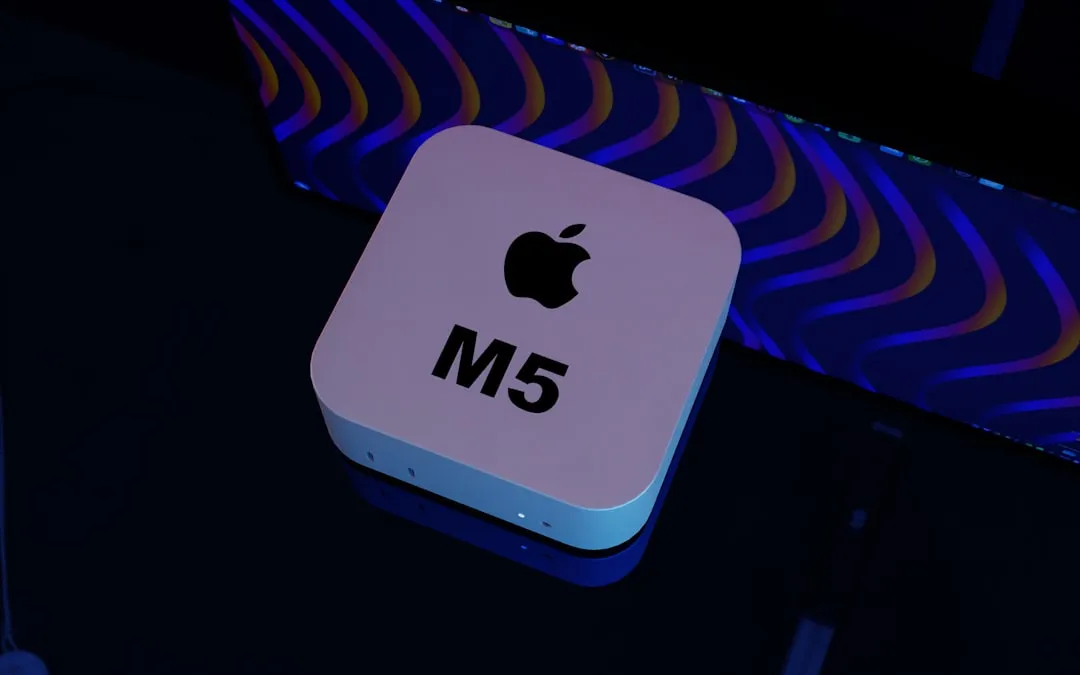
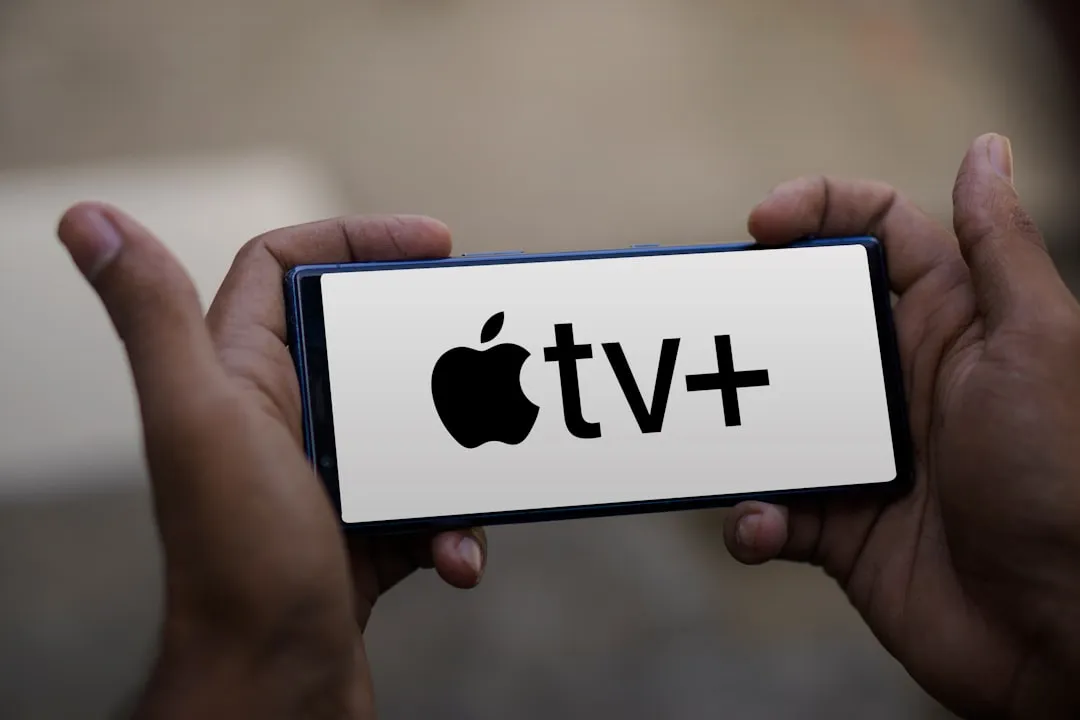
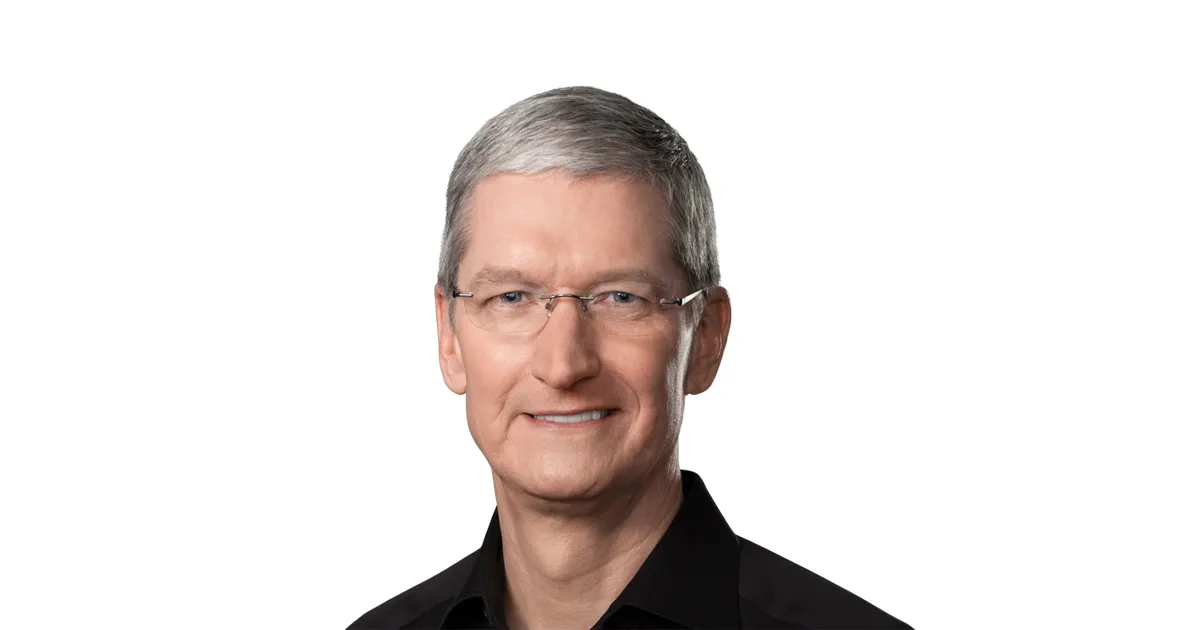
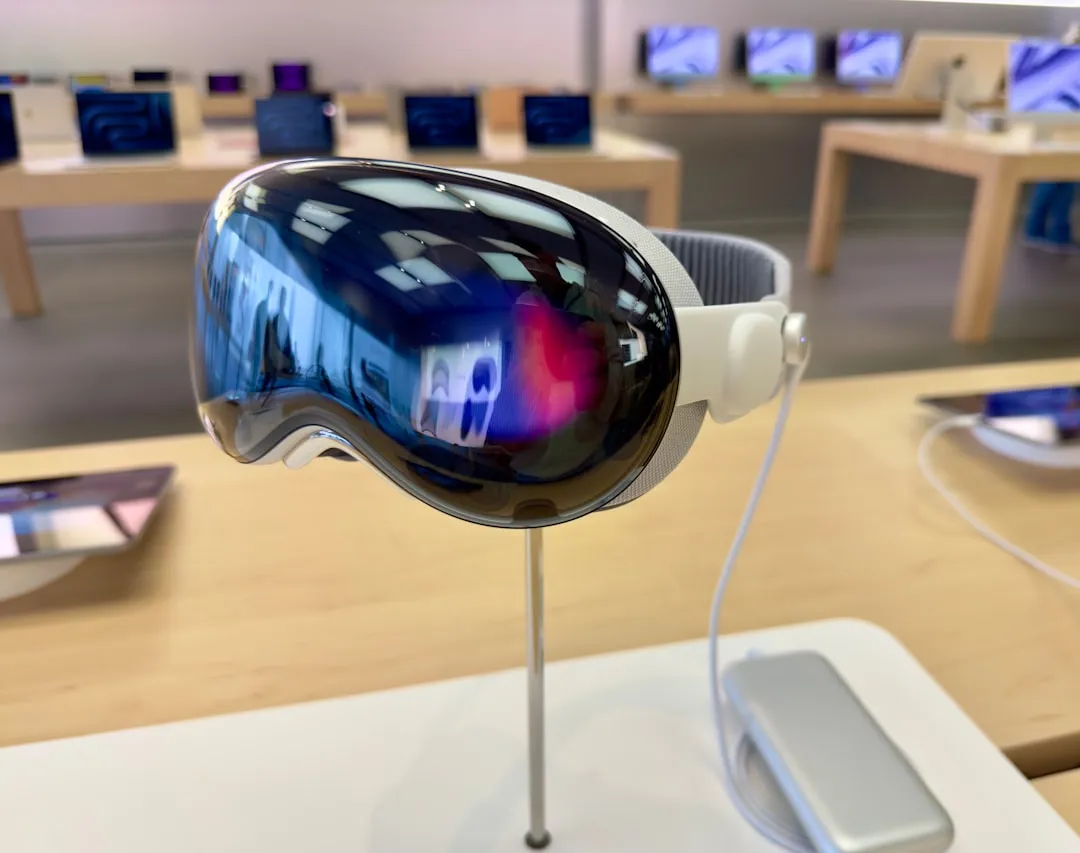
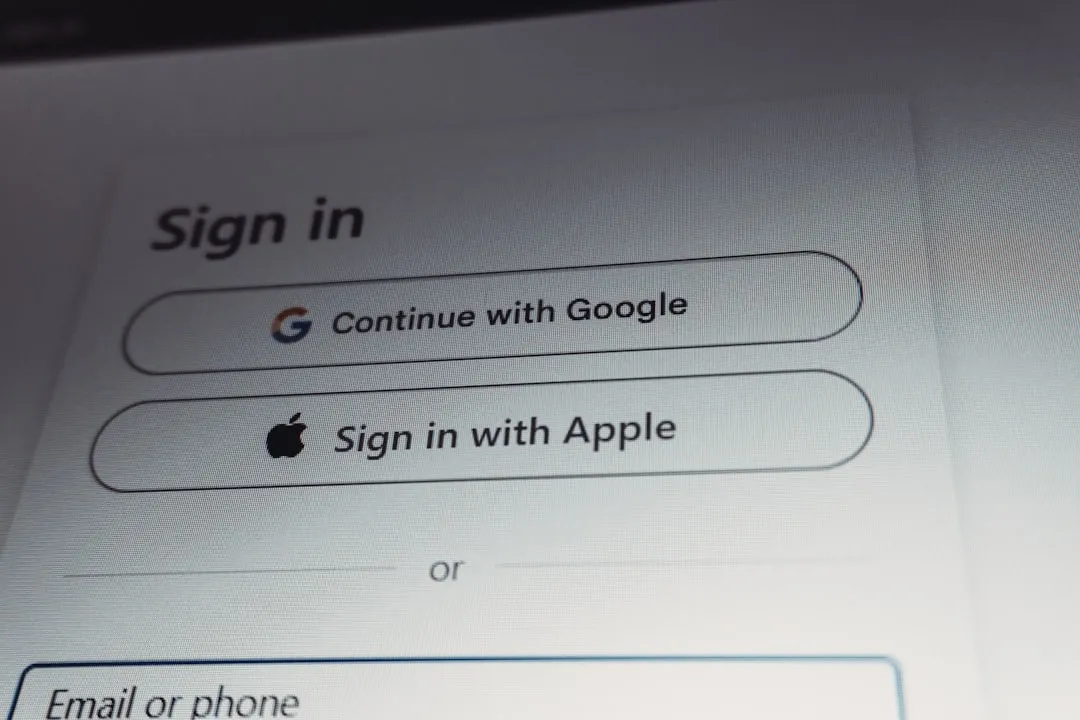
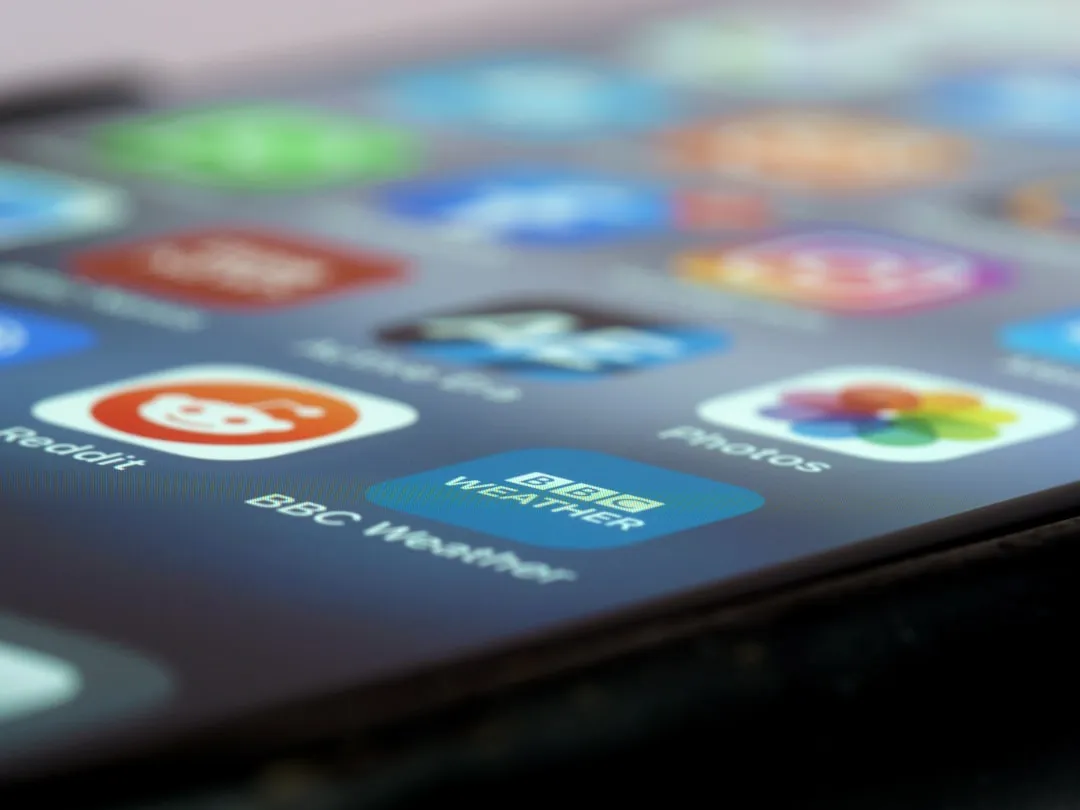
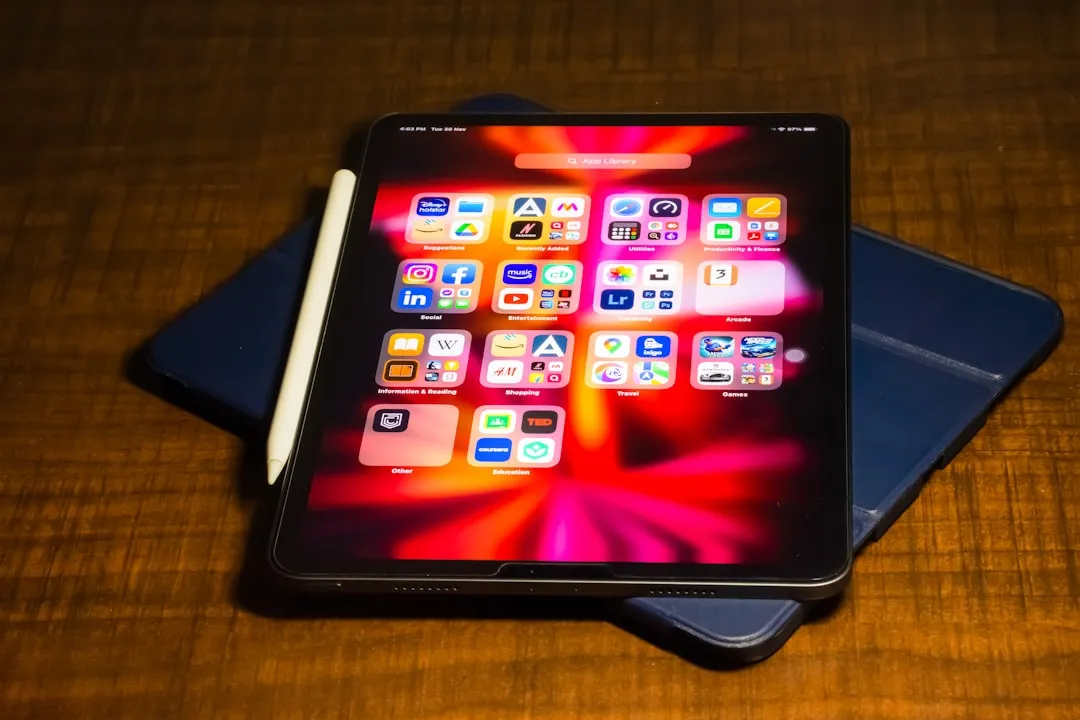
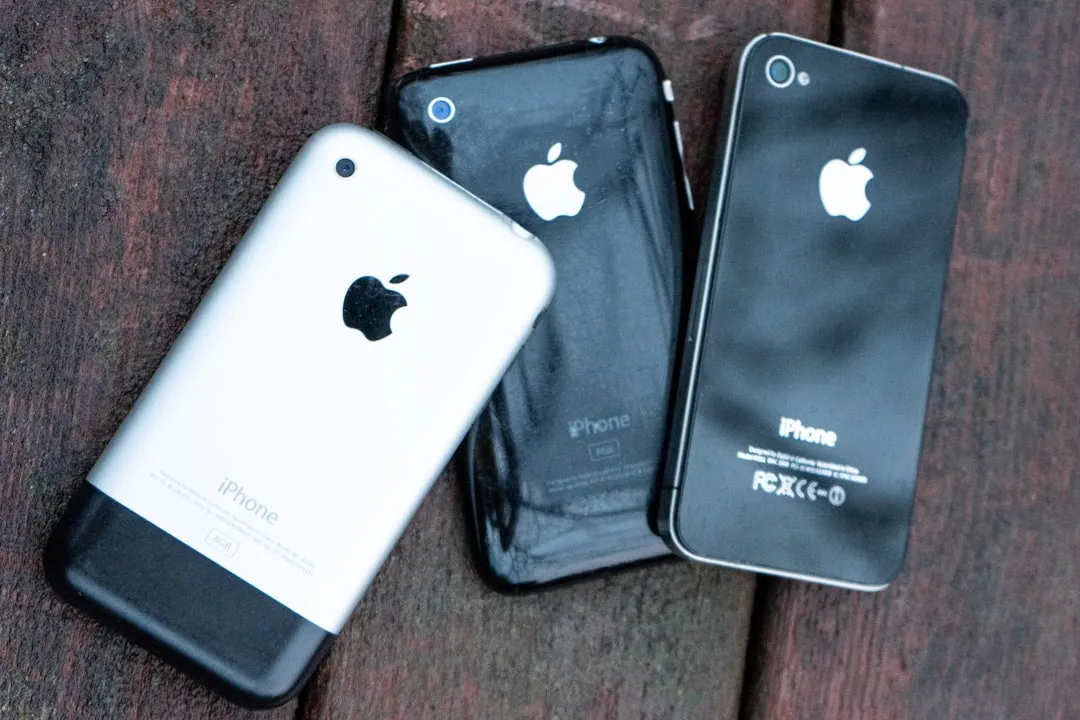
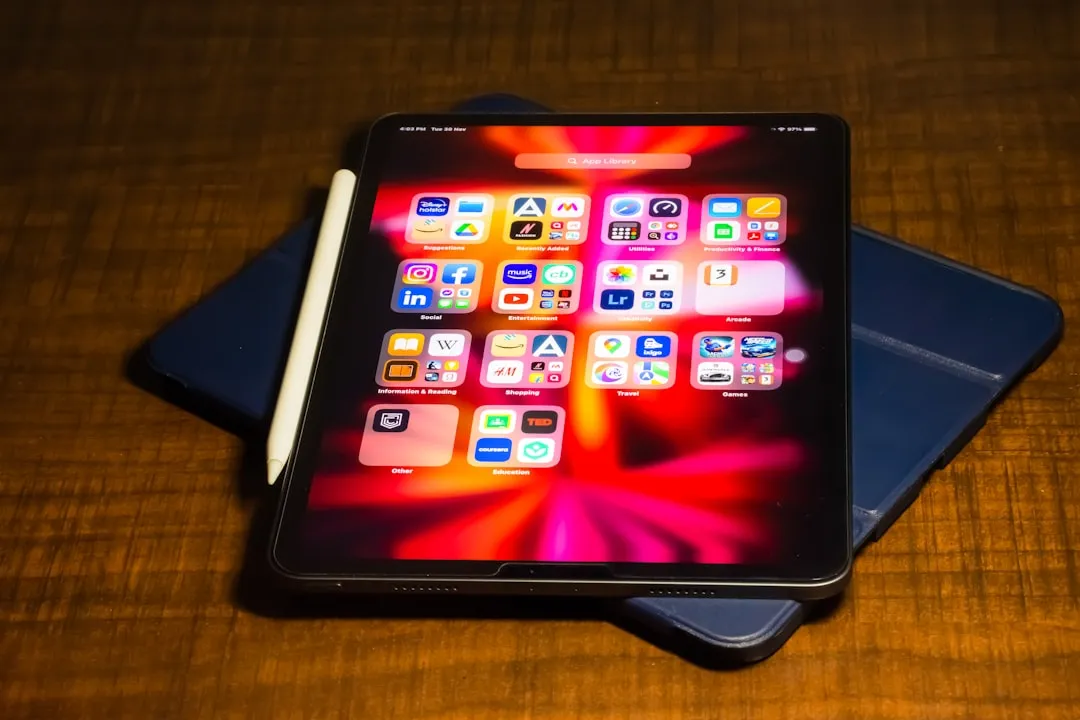

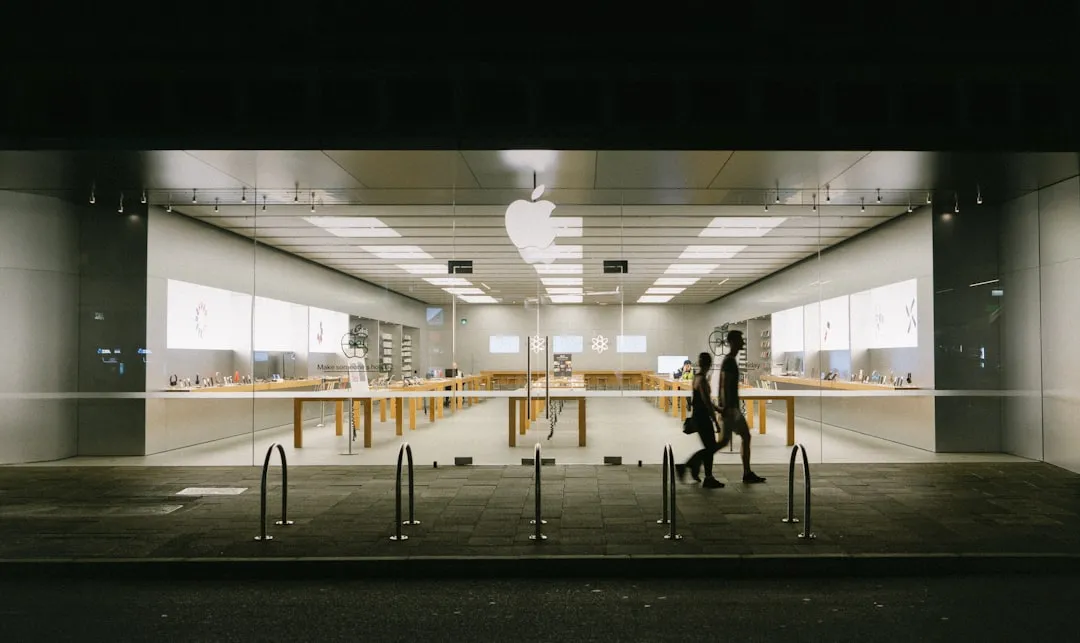
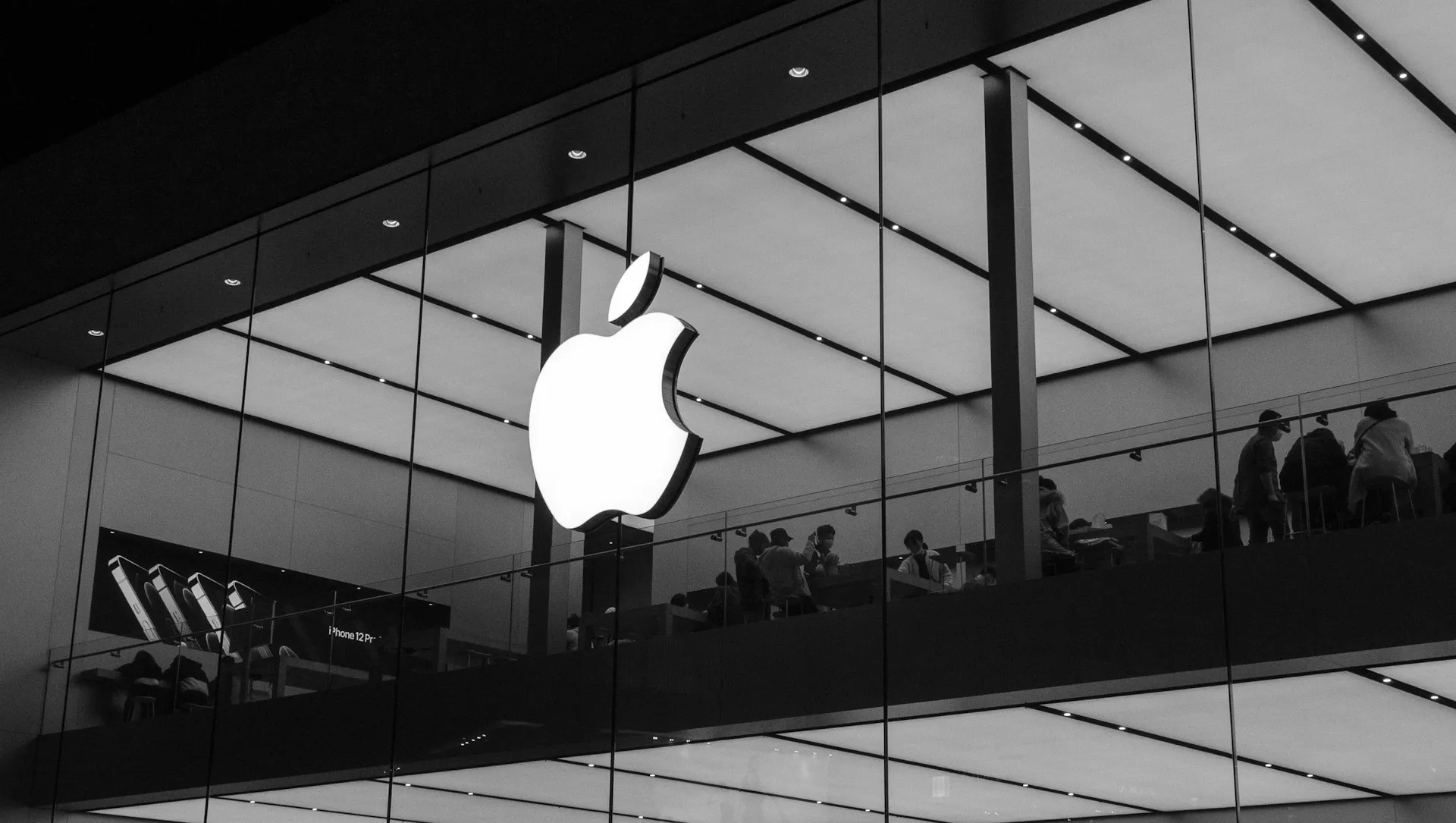
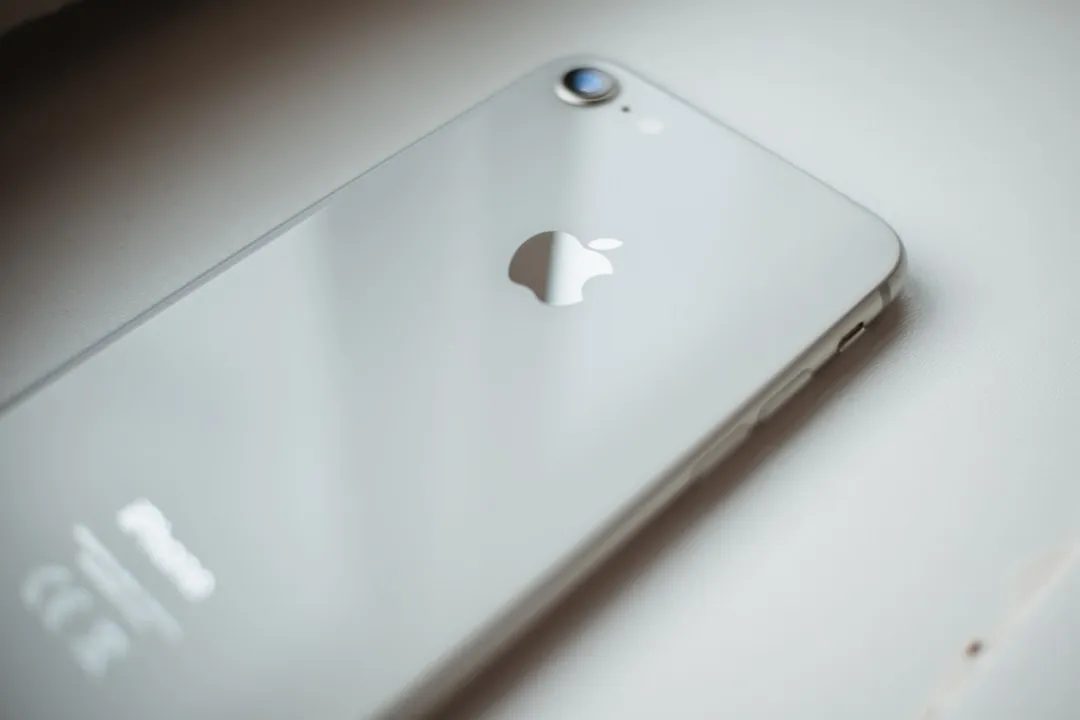
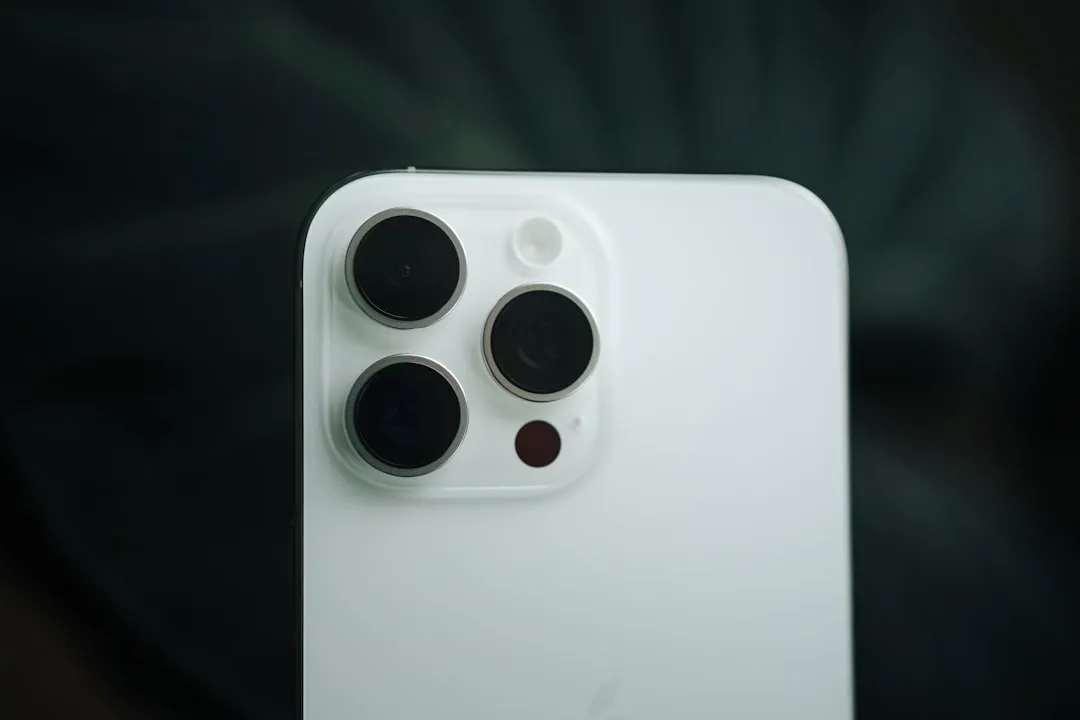
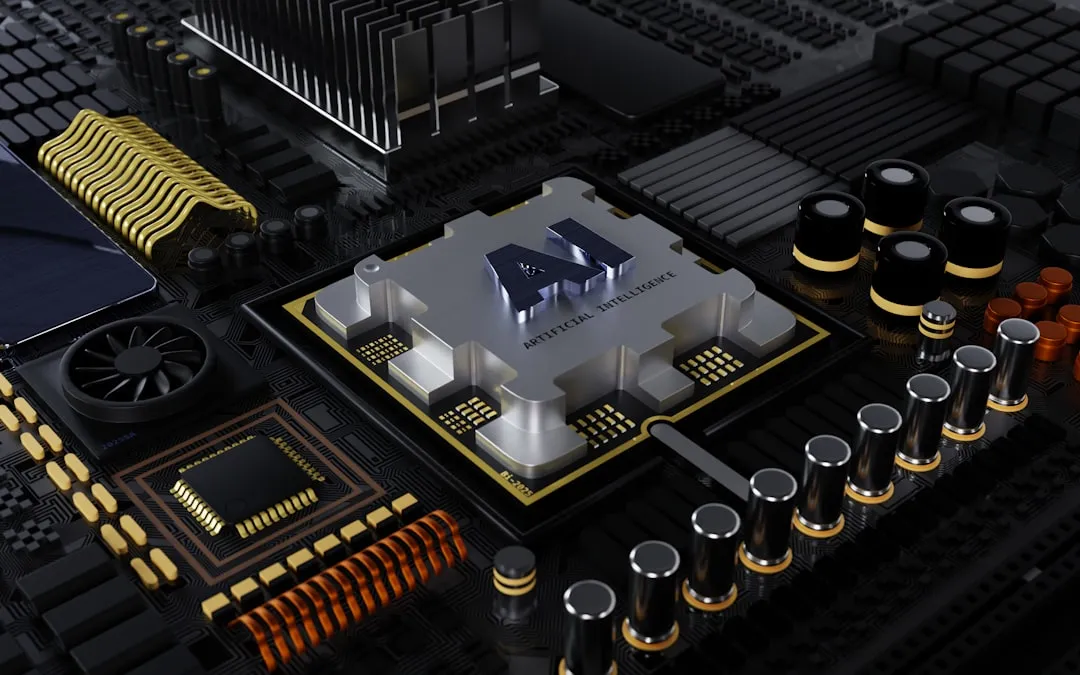
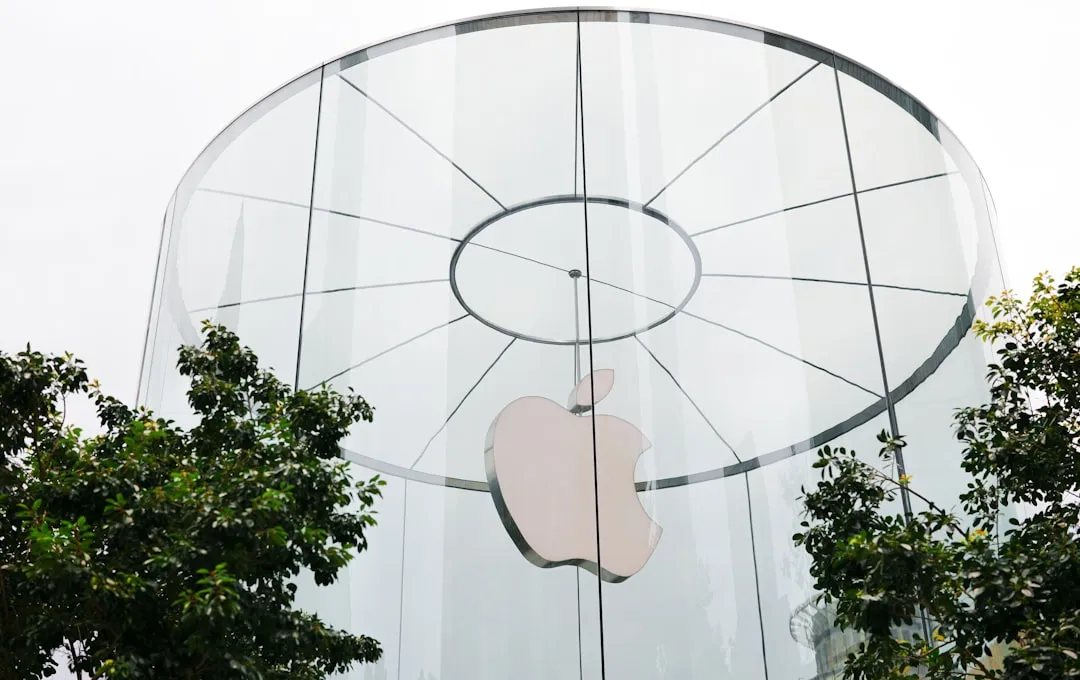

Comments
Be the first, drop a comment!